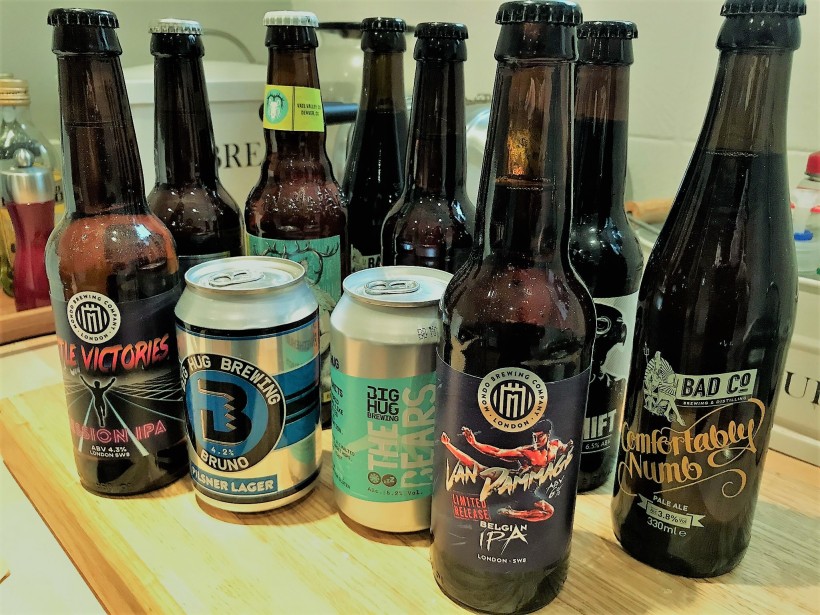It’s all about the back story
As I write and contemplate how the adoption of all things ‘hipster’ has affected my Marketing role, I am sipping Jose Alfredo Jimenez coffee that I purchased from a little independent coffee shop in North Yorkshire. Despite being out of my usual ‘Taylors of Harrogate’ (a quality brand with heritage, trust and credibility) price bracket, not only has it won me over with its notes of orange zest, maple syrup and white chocolate, but I feel like I’m doing something good. I recently read in Living North magazine that the owners had left their crazy busy life in the city and relocated ‘up north’ to open their dream, ethically-oriented coffee shop where they only source the best…… you get the picture.
I admire the bravery of launching a new ethical start-up and feel like I should do something equally as inspirational, but I’m too chicken to actually quit my job to do something that would make a difference. So what can I do? Well now I only buy their coffee – but is it because I actually love their coffee that I pay double the amount for it (compared with Taylors which is always on offer at most major retailers as they extend their product portfolio) or have I succumbed to their ‘back story’? If the latter, am I fully embracing ‘hipster’? After watching Peter York’s Hipster Handbook, I would probably say the latter.
Ever since watching he BBC4 documentary I have been fascinated by the rise of the hipster and how that impacts how I go about my job and how I behave as a consumer. As a marketer I love a good ‘story’ and need to believe in my work. As a consumer, well like every mid 30s-something scrambling to get on the housing ladder, I’m motivated by price but to what extent? What compels me to buy indie coffee, craft gin (and only with fever tree!) and beer you can drink from a pop can? If I had a beard (the badge of honour of the hipster boy) I’d probably be scratching it as I think…
All hail the ‘craft’ maker
Without doubt, I’m a sucker for a story but am I also a sucker for consumerism? Savvy marketers are quick to exploit, sorry I mean promote, trends. This is why the rise of the hipster movement has been so crucial to growth of premium and ethical brands. Just take the craft beer market, I remember a time when drinking cask ale was certainly very uncool; now the market is worth £1.7 billion and according to the Cask Report[1] ‘drinkers have a positive attitude to the term craft beer and associate it with being locally brewed, trendy and fashionable and traditional’. It’s the same case with craft gin.
Fever Tree must have had the most switched-on (or lucky?) Head of Marketing. It’s now the ONLY tonic to pair with gin; no one dares ask for Schweppes nowadays and that is why Fever Tree have experienced phenomenal growth. In its preliminary results for 2016, Fever-Tree said profits before tax had significantly grown from £16.8m in 2015 to £34.3m last year, an increase of 105pc. Who would have thought that it would ever be cool to drink gin again, the acclaimed mothers ruin?
Being part of the experience – all be it virtually
The utilisation of Social Media is certainly helping brands. Sticking with gin (because I love it!), gin groups are increasingly popular where events and gin mail order can be promoted. Just the other day a colleague was talking about the gin club she belonged to and how she loved the surprise bottle and associated cocktails sent to her on a monthly basis for £45! Then my brother was raving (on Twitter) about Flavourly, the craft beer club. Not only do you get sent beer in the post but you get to be part of something and share experience and tasting notes of your latest deliveries. It’s like the on-line gaming groups, but somehow seen as cooler?
The mail order proposition made me recall the Graze craze – the apparently healthy snacks that trendy office dwellers succumbed to about 8 years ago. Now Graze is sold on the high street and has successfully made the transition from niche to mass. It’s no longer hipster, but its making money.
Even McDonalds have had to get on board with hipster, all be it tongue-in-cheek. In their latest McCafe ad – I just want coffee[2] they poke fun at the consumers thirst for speciality, expensive coffee and in doing so for they have a compelling ad that is being widely spoken about. And in a good way unlike their latest ‘dead dad’ advert (they get it so right and then so wrong!).
So where’s hipster heading?
To coin a quote from Douglas McWilliams, Author of Flat White Economy[3]
‘Hipsters don’t want others to copy them, so they keep up by changing their tastes … You have to watch that if you are a consumer products company.’
So what does this all mean to a humble marketer? Well Social Media is key to explore emerging preferences and rallying support. Being part of something, such as a blogging group (just take Mumsnet!) is key. Followers want a social connection, to feel part of something. Their purchasing decision (as research has highlighted year after year) is based upon emotional drivers. I work in manufacturing and even in the B2B market, the authenticity of our brand is key to highlighting differences with competitors – as I said, I’m a sucker for a back story! But so it seems are most people, well except my other half who refuses to drink ale out of a pop can, drink gin out of a jam jar or go to cafes where varnished mdf and exposed lighting is the preference – so I guess the local Leeds BrewDog pub is out of the question ….
[1] http://cask-marque.co.uk/wp-content/uploads/2016/09/cask-report.pdf
[2] https://youtu.be/Kra1eWAiKvE
[3] https://www.theguardian.com/uk-news/2015/mar/08/can-hipsters-save-the-world
